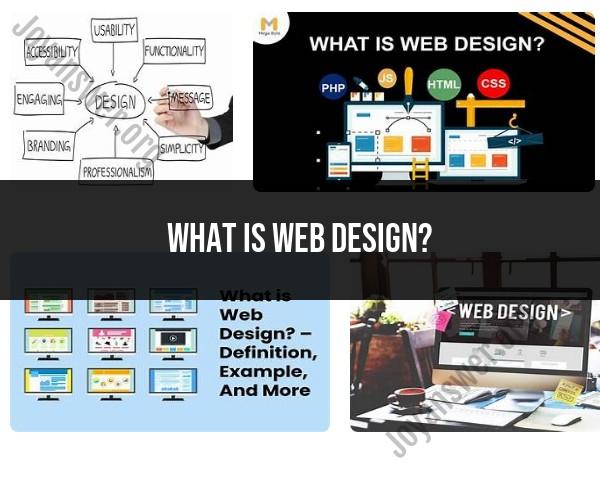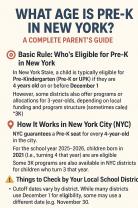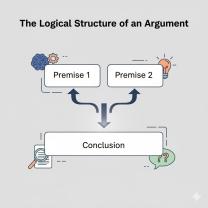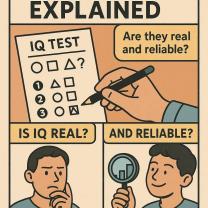What is web design?
Web design refers to the process of creating and arranging the visual elements of a website, including its layout, color scheme, graphics, and overall aesthetic. It encompasses both the aesthetic aspects and the usability of a website, with the goal of providing an engaging and effective user experience. Web designers use a combination of technical and creative skills to design and build websites that are visually appealing, functional, and user-friendly.
Overview of Web Design:
Aesthetics: Web design involves creating a visually appealing and cohesive look for a website. This includes choices in color, typography, images, and overall style. A well-designed website should reflect the brand identity and convey a consistent message.
User Experience (UX): The user experience is a critical aspect of web design. Designers must consider how users will interact with the site, ensuring that it is intuitive, easy to navigate, and provides a positive overall experience. This involves understanding user behavior, creating user personas, and optimizing the site for usability.
Layout and Structure: Designers determine the layout and structure of a website, organizing content in a way that is logical and user-friendly. This includes the placement of navigation menus, headers, footers, and other essential elements to guide users through the site.
Responsive Design: With the prevalence of various devices and screen sizes, web designers often implement responsive design techniques. This ensures that the website looks and functions well on desktops, laptops, tablets, and mobile devices.
Typography: The choice of fonts and how they are used play a significant role in web design. Designers consider readability, legibility, and the overall visual impact of typography to enhance the user experience.
Graphics and Multimedia: Incorporating images, videos, icons, and other multimedia elements is a key part of web design. These elements not only enhance the visual appeal but also contribute to conveying information and engaging the audience.
Color Scheme: The selection of a suitable color palette is crucial in creating a cohesive and visually pleasing design. Colors can evoke emotions, convey brand identity, and guide users' attention.
Components of Web Design:
Wireframes and Prototypes: Before the actual design process begins, web designers often create wireframes and prototypes. Wireframes are basic sketches outlining the layout, while prototypes provide a more interactive representation of the final design.
Graphics and Visual Elements: Designers use graphics, images, icons, and other visual elements to enhance the aesthetics of a website and communicate information effectively.
Style Guides: Style guides outline the design standards and specifications for a website. They include details on colors, fonts, image styles, and other visual elements to maintain consistency throughout the site.
Coding and Implementation: While web designers focus on the visual aspects, they often collaborate with web developers to implement the design using HTML, CSS, and other programming languages.
Testing and Iteration: After the initial design is implemented, testing is crucial to identify and address any issues. Web designers may iterate on the design based on user feedback and performance metrics.
In summary, web design is a multidisciplinary process that combines creativity, technical skills, and a deep understanding of user experience to create visually appealing and functional websites. Effective web design goes beyond aesthetics and strives to deliver a seamless and enjoyable experience for users.
Defining the concept of web design and its significance
Web Design: The Art and Science of Building Websites
Web design encompasses the visual and functional aspects of creating websites. It's a blend of artistry and technical expertise, where designers craft digital spaces that are both aesthetically pleasing and user-friendly.
Imagine walking into a beautifully designed store. Everything is organized, visually appealing, and easy to navigate. You can find what you need quickly and effortlessly, making the shopping experience smooth and enjoyable. That's the essence of good web design.
Key elements of web design:
- Visual design: This includes the overall look and feel of the website, such as the color palette, typography, imagery, and layout.
- Information architecture: This involves organizing the website's content in a logical and intuitive way, making it easy for users to find what they're looking for.
- User experience (UX): This refers to how users interact with the website. A good UX design ensures that the website is easy to use, efficient, and enjoyable to navigate.
- Accessibility: This means making the website accessible to everyone, regardless of their abilities. This includes factors like using alt text for images and making sure the website is compatible with screen readers.
Why is web design significant?
In today's digital age, your website is often the first impression you make on potential customers, clients, or partners. A well-designed website can:
- Build brand awareness: Your website is a powerful tool for communicating your brand identity and values.
- Attract and engage visitors: A visually appealing and user-friendly website will keep visitors coming back for more.
- Convert visitors into leads or customers: A well-designed website can make it easy for users to take the next step, whether it's signing up for a newsletter, making a purchase, or contacting you.
- Boost search engine optimization (SEO): A well-designed website is more likely to rank higher in search engine results pages, making it easier for potential customers to find you.
- Improve brand credibility: A professional-looking website will make your business look more credible and trustworthy.
In conclusion, web design is not just about making websites look pretty. It's about creating digital spaces that are functional, enjoyable to use, and help you achieve your business goals.
I hope this explanation, along with the visuals, helps you understand the concept of web design and its significance. Let me know if you have any further questions!













